The Big Debate: Is Retinal Better than Retinol?
RETINAL - IS IT BETTER THAN RETINOL?
Unlock the Power of Retinal: Your Gentle Gateway to Well-Aging
Retinaldehyde (yes, with an "A"!) is generating a buzz in the skincare world. Savvy beauty enthusiasts are drawn to its potential as a more efficient (and possibly more potent) form of retinol for achieving those coveted anti-aging results. Claims abound, with some suggesting "10x more effective than retinol" or even "tretinoin strength without the irritation." Sounds impressive, right?
While retinal isn't entirely new, its wider availability in skincare feels like a fresh start. In this NAYA guide, we'll explore what retinal is, delve into the truth behind those bold claims, and help you decide if it's the right addition to your well-aging routine.
WHAT’S THE DIFFERENCE BETWEEN RETINAL VS RETINOL?
Retinal: A Powerful Player in the Retinoid Family
Both retinal and retinol belong to the retinoid family, known for their role in promoting a youthful appearance. Retinal holds a unique position within this family, as it's one step closer to converting into retinoic acid, the form that triggers your skin's natural anti-aging processes. While retinol requires a two-step conversion, retinal takes just one. This streamlined path suggests retinal's potential for amplified results.
However, creating effective skincare is an intricate science. While powerful, retinal can be more challenging to formulate with due to its inherent instability. Unlike retinol, which requires careful formulation, retinal historically presented significant stability issues. This meant products wouldn't maintain their potency throughout their shelf life.
The good news? Skincare science is constantly evolving! At NAYA, we're committed to harnessing the latest advancements to bring you innovative formulas. We'll delve deeper into how NAYA unlocks the potential of retinal in the next section!
Unlocking Retinal's Potential at NAYA
At NAYA, we believe in harnessing the power of nature's actives while prioritizing gentle yet effective skincare. While retinal's inherent instability has historically posed a formulation hurdle, advancements in science have opened new doors. In the next section, we'll unveil NAYA's innovative approach to unlocking retinal's potential. We'll explore our unique formulation process, specifically designed to preserve retinal's efficacy throughout the product's lifespan. Discover how NAYA's Retinal Serum offers a safe and effective way to experience the potential benefits of this next-generation retinoid.
Unlocking Retinal's Potential: Innovation and Evidence
The science of skincare is constantly evolving, and exciting advancements are being made in the realm of retinal stability. Recent research explores various encapsulation techniques, offering promising solutions to preserve retinal's potency throughout a product's lifespan. NAYA is constantly exploring these advancements to ensure we deliver the most effective formulations to our customers.
However, efficacy goes beyond stability. Bold claims about retinal's effectiveness deserve careful consideration. In the next section, we'll delve into the available evidence to explore questions like "Is retinal truly 10x more powerful?" and "How does retinal compare to other retinoids?" This deeper examination will equip you with the knowledge needed to make informed decisions about incorporating retinal into your well-aging routine.
Finding the Right Balance: Exploring Retinal Concentration
Unlike established retinoids, the optimal concentration for retinal in skincare applications is still being explored. While theoretical predictions suggest a sweet spot between tretinoin and retinol percentages, real-world results are crucial.
One clinical study investigated the effectiveness of two retinal concentrations: 0.05% and 0.1%. Over three months, 40 volunteers used each cream, with their skin evaluated for factors like hydration, fine lines, and overall texture.
While both concentrations showed positive improvements, the study size limited statistically significant results. Interestingly, both the 0.05% and 0.1% groups performed similarly, suggesting that a lower concentration might be effective. However, the 0.1% cream did show statistically significant improvement in reducing melanin production.
Retinal vs. Retinol: Exploring the Evidence
Understanding how ingredients perform on the skin is a core principle at NAYA. To shed light on retinal's effectiveness, a recent Korean study compared its effects to retinol.
For two months, 23 participants applied retinal to one side of their face and retinol to the other. The concentrations gradually increased from 0.05% to 0.1% over the course of the study. Skin parameters like wrinkle depth, hydration, and elasticity were evaluated at key points.
While both ingredients showed positive improvements, it's important to note that the 0.05%/0.1% retinal performed similarly to the same concentrations of retinol. This challenges claims of retinal being "10x more effective." Additionally, typical retinol usage ranges from 0.1% to 1.0%, making a direct comparison less applicable.
How to find the best Retinal Serum for your skin?
Navigating the Retinal Landscape: A Balanced Approach
Ultimately, your well-aging journey is personal. If you're curious about exploring retinal, opting for brands with their own clinical studies on their formulations is a valuable approach. Since retinal stability is highly dependent on formulation techniques, clinical data can offer valuable insights into product performance.
Is the Retinal Encapsulated?
Retinal's inherent instability requires a solid formulation to set up a necessary support around retinal to maintain its effectiveness.
Sources
Lidén, M., & Eriksson, U. (2006). Understanding retinol metabolism: structure and function of retinol dehydrogenases. Journal of Biological Chemistry, 281(19), 13001-13004.
Pechere, M., Pechère, J. C., Siegenthaler, G., Germanier, L., & Saurat, J. H. (1999). Antibacterial activity of retinaldehyde against Propionibacterium acnes. Dermatology, 199(Suppl. 1), 29-31.
Bailly, J., Crettaz, M., Schifflers, M. H., & Marty, J. P. (1998). In vitro metabolism by human skin and fibroblasts of retinol, retinal and retinoic acid. Experimental dermatology, 7(1), 27-34.
Ha, J. H., Choi, H., Hong, I. K., Han, S. K., & Bin, B. H. (2022). Study on Stabilization of Retinaldehyde using Drug-in-Cyclodextrinin-Liposome (DCL) for Skin Wrinkle Improvement. Journal of the Society of Cosmetic Scientists of Korea, 48(1), 77-85.
Kwon, H. S., Lee, J. H., Kim, G. M., & Bae, J. M. (2018). Efficacy and safety of retinaldehyde 0.1% and 0.05% creams used to treat photoaged skin: A randomized double‐blind controlled trial. Journal of cosmetic dermatology, 17(3), 471-476.
Kim, J., Kim, J., Jongudomsombat, T., Kim BS, E., Suk, J., Lee, D., & Lee, J. H. (2021). The efficacy and safety of multilamellar vesicle containing retinaldehyde: A double‐blinded, randomized, split‐face controlled study. Journal of cosmetic dermatology, 20(9), 2874-2879.

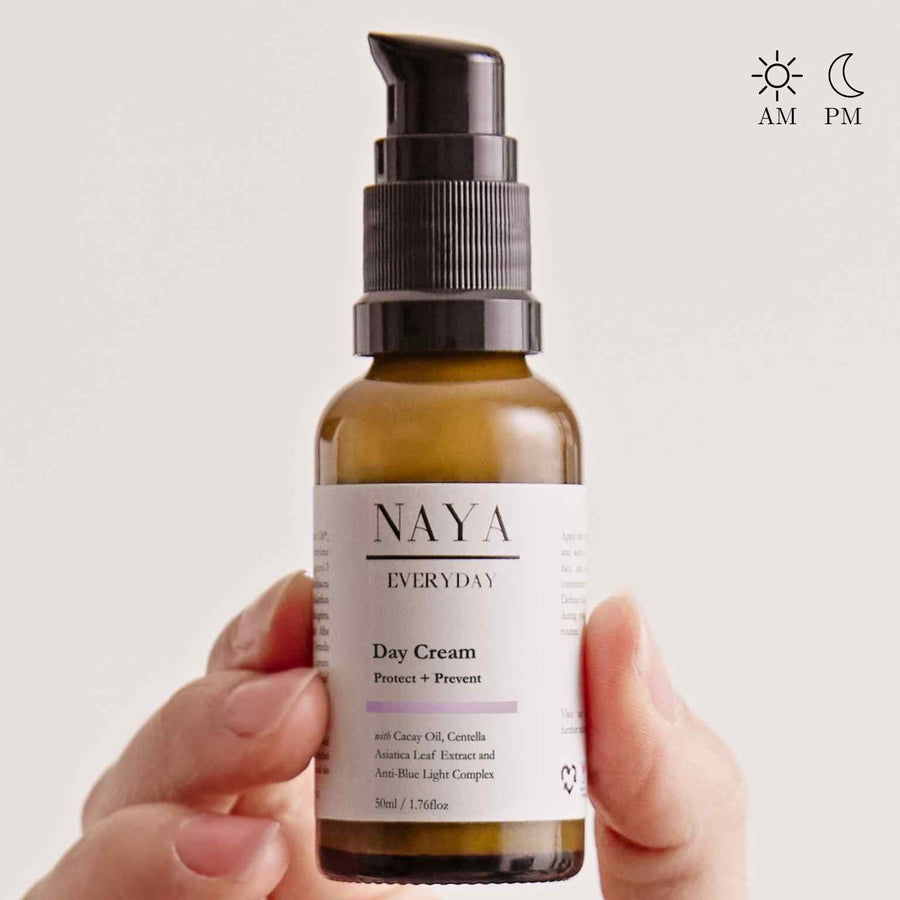
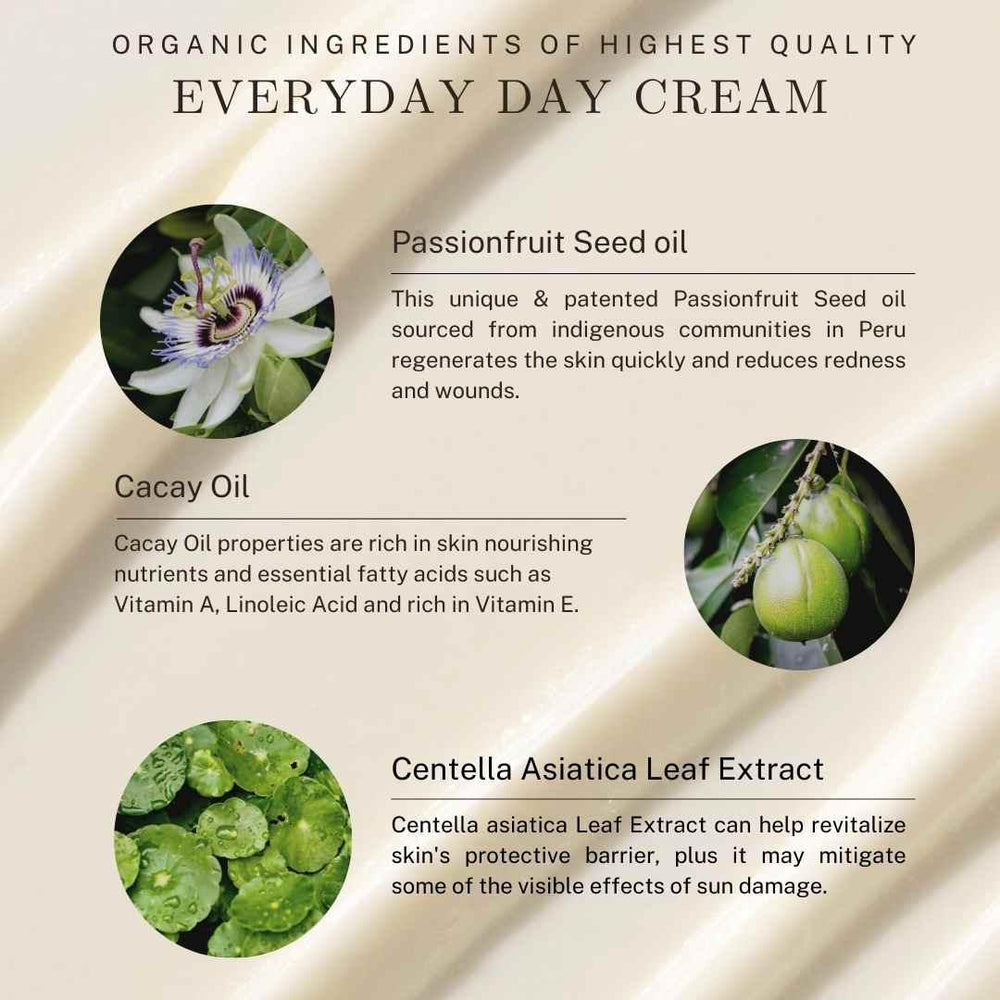
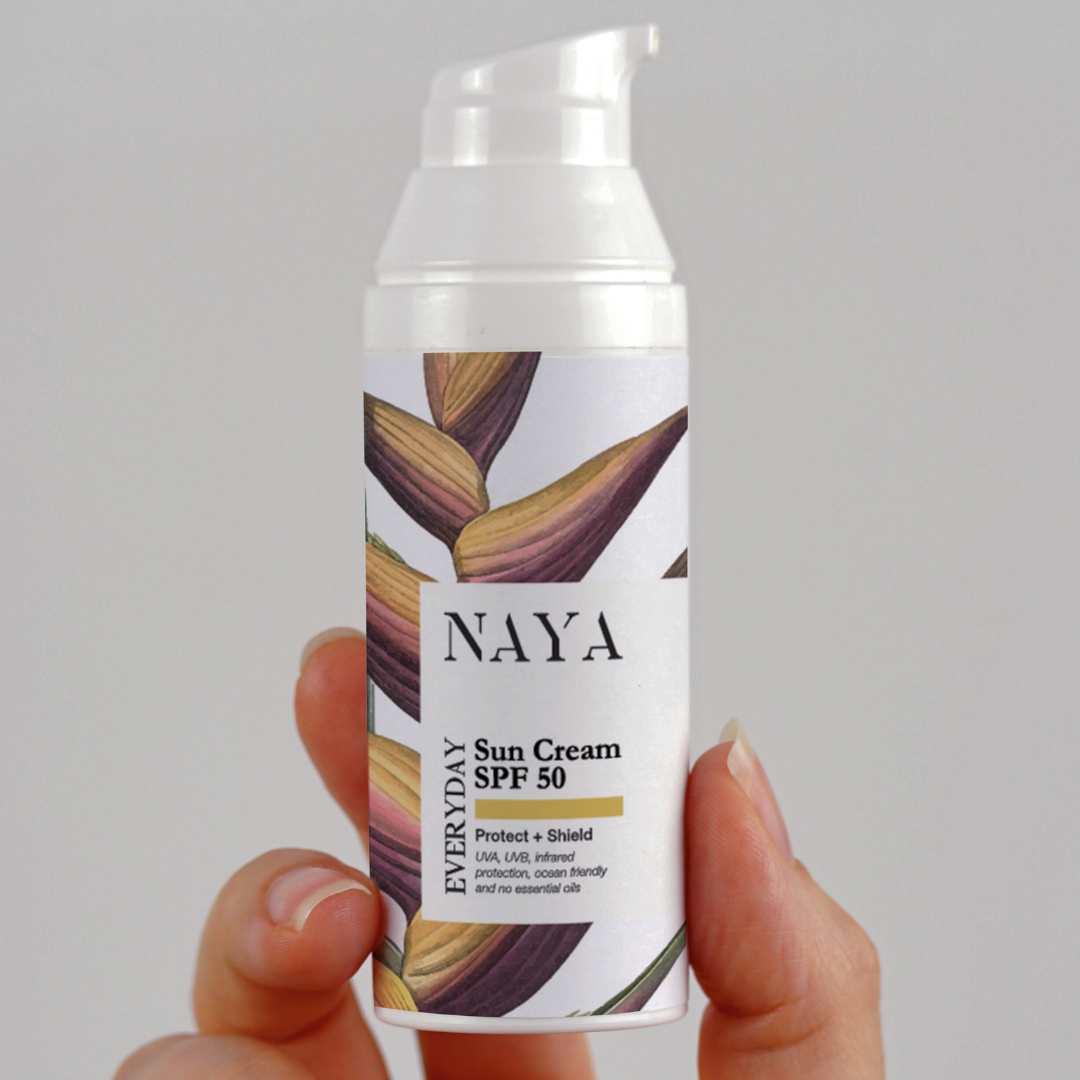
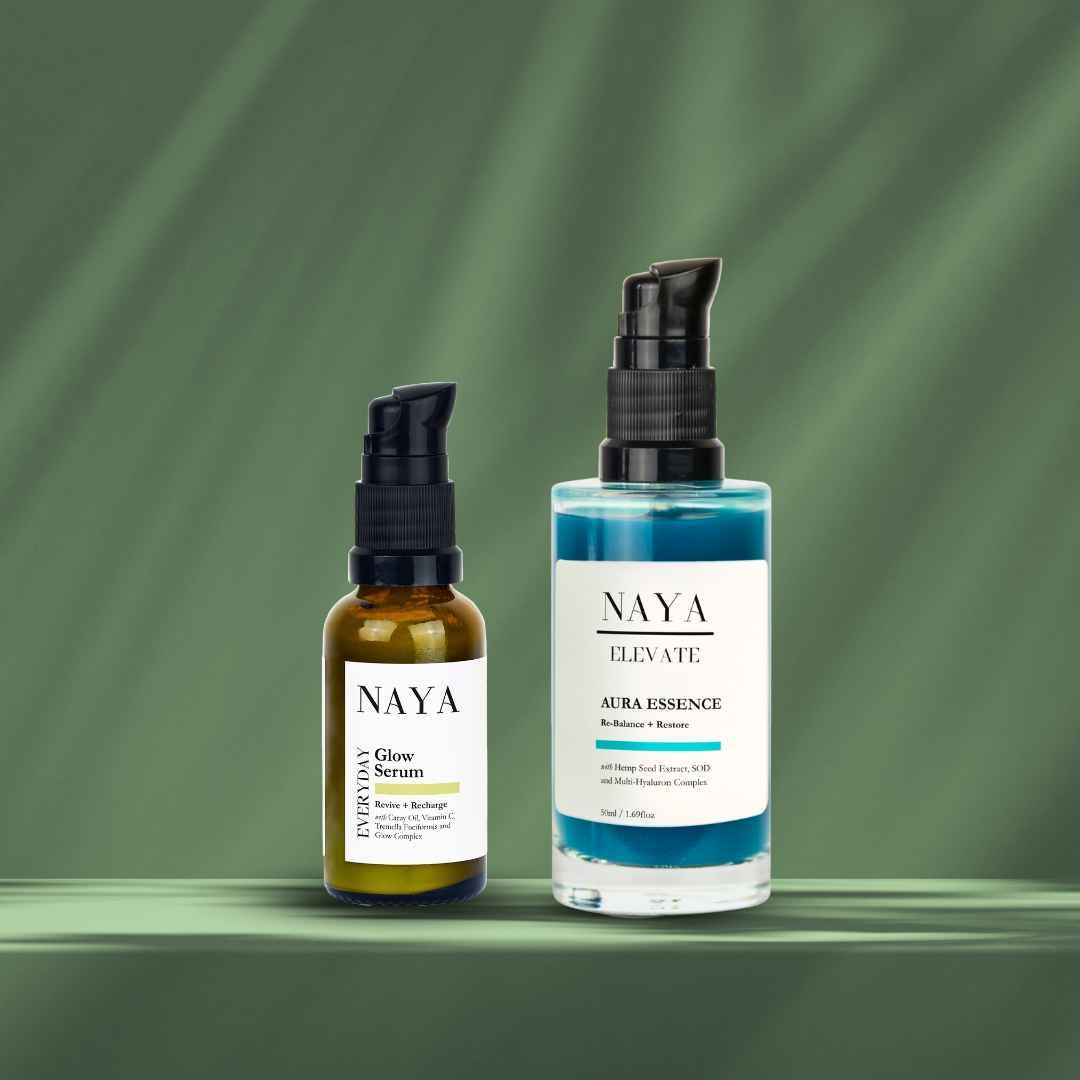

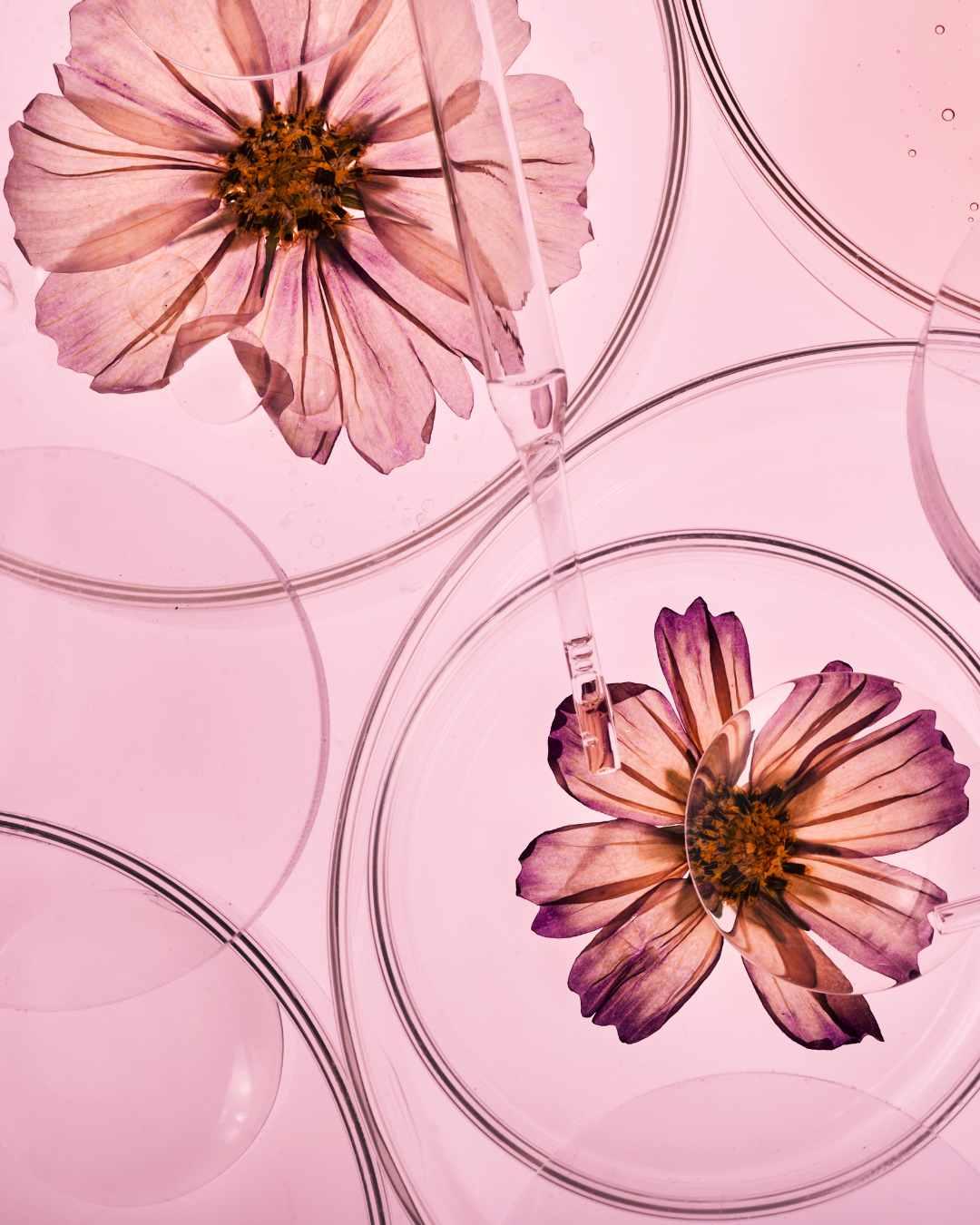
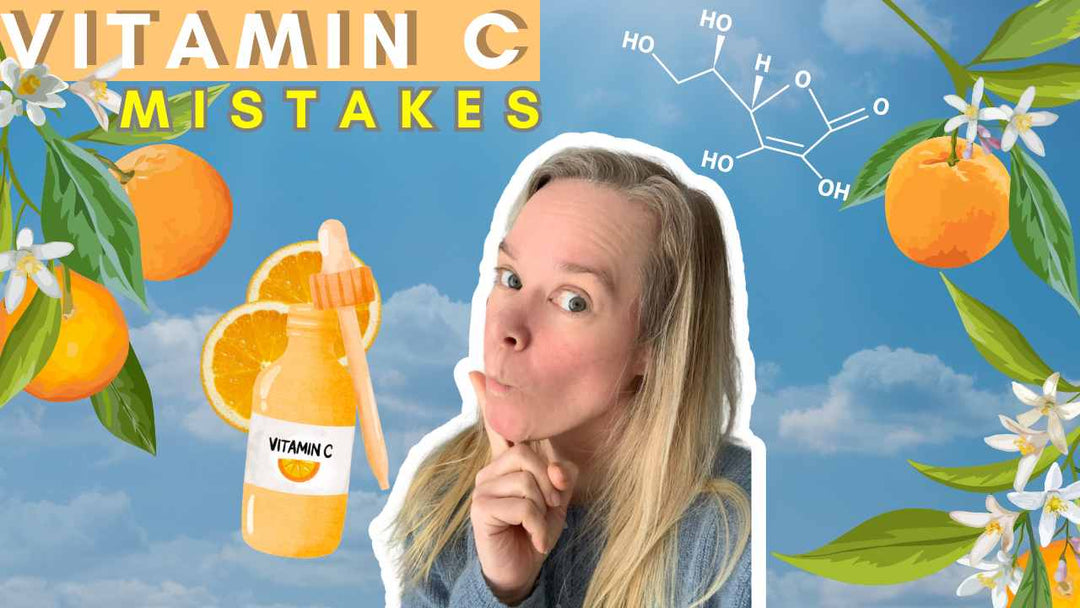
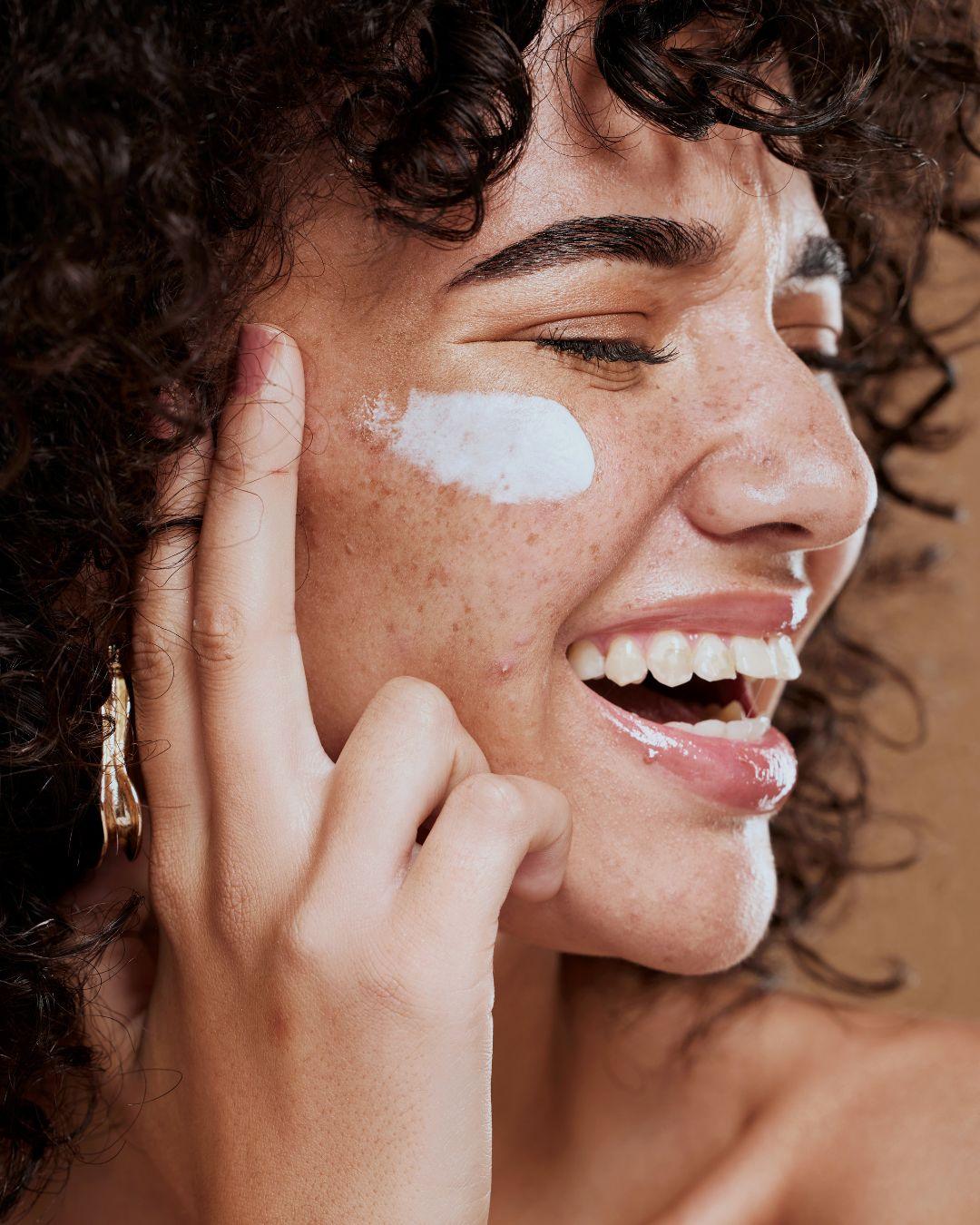

Leave a comment